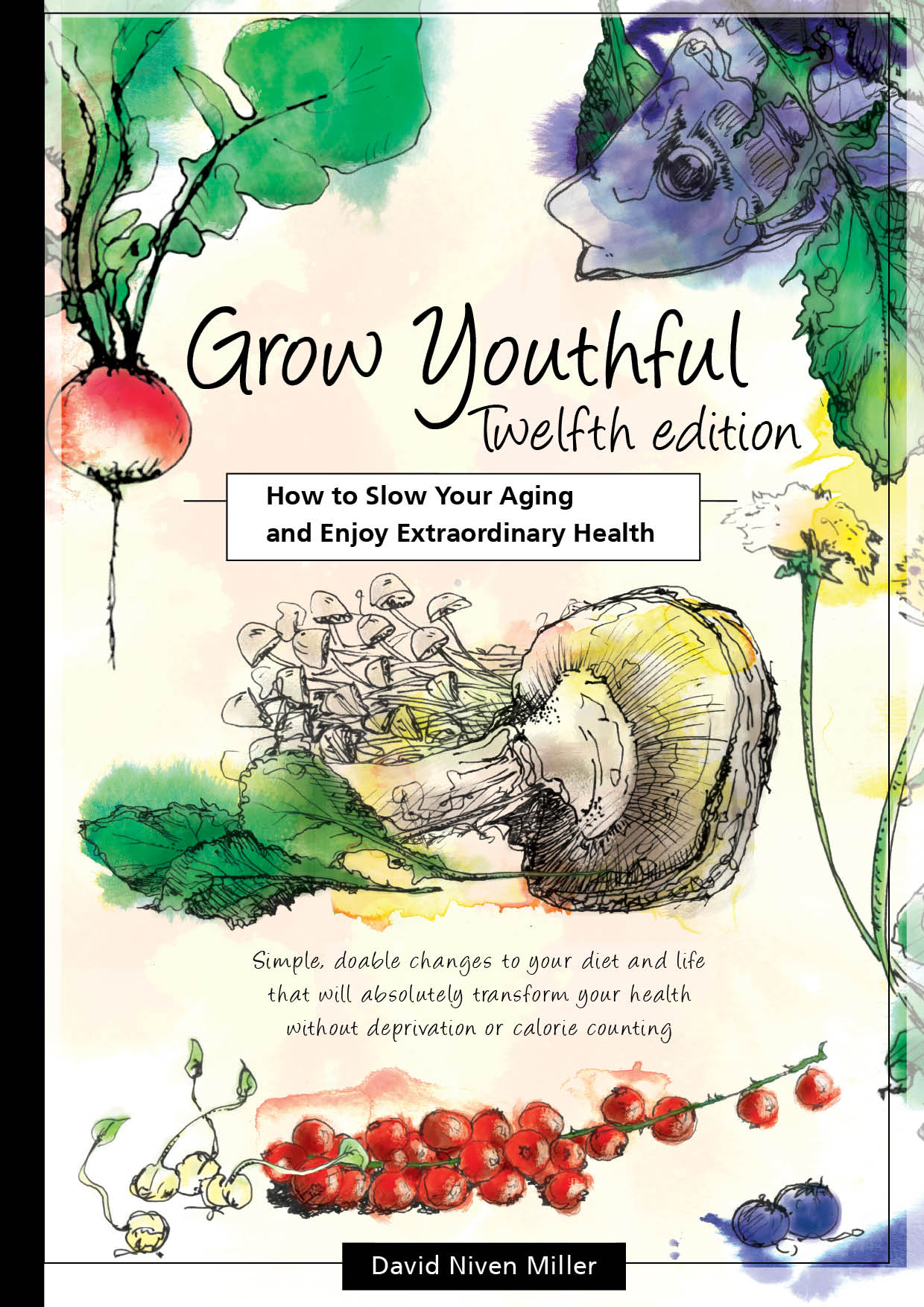
Male menopause (andropause)
What is male menopause?
Symptoms of male menopause
Risk factors for male menopause
Prevention / remedies / treatment for male menopause
References
What is male menopause?
(Male menopause may also be called andropause, androgen decline, androgen deficiency, or testosterone decline).
Women may not be the only ones whose hormones go through major changes as they age. Doctors are reporting that many men suffer from some of the same symptoms that women experience in menopause. However, the medical community is currently debating whether all men really go through a well-defined male menopause.
Your blood testosterone level declines at a gradual rate of 10% every decade after the age of thirty (1% per year) (1, 2, 3). Andropause is a slow process - there is not a sudden and precipitous change in hormone levels like there is in a menopausal woman. The production of testosterone by your testes does not stop completely in old age, and if you are healthy your testes can make sperm well into your eighties or even later. This is in contrast to menopause in women, who experience a complete and permanent physiological shutting down of their reproductive system after menopause.
According to Jed Diamond (5, 6), andropause is a change of life in middle-aged men which has social, interpersonal and spiritual aspects in addition to the symptoms listed below. Diamond claims that this change occurs in all men mostly between the ages of 40 and 55, though it can occur as early as 35 or as late as 65.
By their mid-50s, about 30% of men experience several andropause symptoms.
Symptoms of male menopause
- Fatigue, tiring quickly.
- Weakness and reduced muscle mass.
- Increased body fat.
- Depression, poor concentration, anxiety, impaired memory, mood swings, lack of focus.
- Low libido.
- Erectile dysfunction.
- Impotence (low sperm).
- Insomnia.
- Night sweats.
- Hot flushes.
- Risk of osteoporosis.
- Risk of Alzheimer's disease.
Risk factors for male menopause
- Diabetes.
- Premature andropause can occur in men who experience excessive female hormone stimulation through exposure to toxic estrogen look-alikes. Estrogen dominance is more common in men and women who drink recycled water, live near incinerators, work in the pharmaceutical industry, or live near plastics, dyes or other chemical factories, or on farms that use pesticides and other chemicals.
- Overweight (high BMI or body mass index).
- Hypertension (high blood pressure).
- Alcohol, especially regular or excessive use.
- Pharmaceutical drugs such as:
antidepressants;
antibiotics such as erythromycin;
antifungals such as ketoconazole;
beta blockers for high blood pressure;
thiazide diuretics (water pills);
immune suppressants;
antipsychotics;
cancer chemotherapy;
and some infertility treatment hormones that have estrogen-like effects. - Tobacco.
- Marijuana.
- Genetic disorders that produce hypogonadism, including Klinefelter's, Wilson-Turner's and Androgen insensitivity syndromes.
Prevention / remedies / treatment for male menopause
- Testosterone supplementation has been used since the 1940's (4). In many cases, supplementing testosterone with a natural testosterone cream can produce an improvement in the symptoms suffered. Using a cream is a painless and private remedy.
- Exercise.
- Diet.
- Stress reduction.
- People who live the diet, gentle exercise and lifestyle in my ebook Grow Youthful tend to recover from / have a high degree of resistance to male menopause.
- See details of remedies recommended by Grow Youthful visitors, and their experience with them.
References
1. Mahmoud Ahmed, Comhaire Frank H.
Mechanisms of Disease: late-onset hypogonadism.
Nature Reviews Urology 3, 430-438 (August 2006).
2. Tancredi A, Reginster J.Y., Luyckx F., Legros J.J.
No major month to month variation in free testosterone levels in aging males.
Minor impact on the biological diagnosis of 'andropause'.
Psychoneuroendocrinology 2005. 30 (7): 638-46.
3. Mooradian A.D., Korenman S.G.
Management of the cardinal features of andropause.
2006. Am J Ther 13 (2): 145-60.
4. Heller, C.G., Myers, G.B.
The Male climacteric: Its symptomatology, diagnosis and treatment.
JAMA 1944; 126:472-77.
5. Diamond, Jed.
Male Menopause.
1998. Naperville, Ill: Sourcebooks. ISBN 1-57071-397-9.
6. Diamond, Jed.
Surviving Male Menopause. A Guide for Women and Men.
2000. Naperville, Ill: Sourcebooks. ISBN 1-57071-433-9.
7. Thomas G. Travison, John E. Morley, Andre B. Araujo, Amy B. O'Donnell, John B. McKinlay.
The Relationship between Libido and Testosterone Levels in Aging Men.
The Journal of Clinical Endocrinology & Metabolism Vol. 91, No. 7 2509-2513, May 2, 2006.
